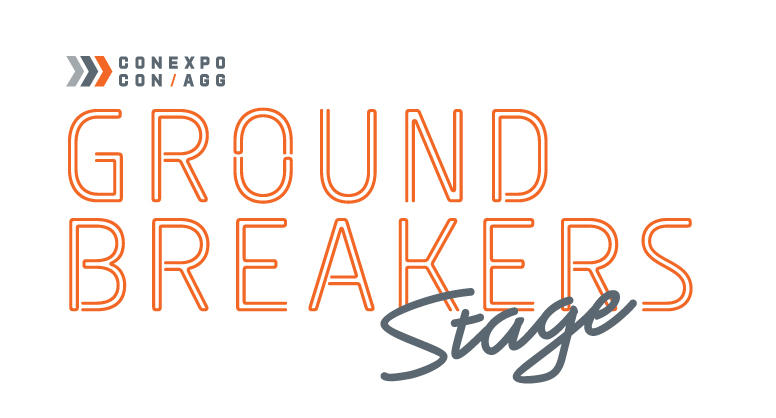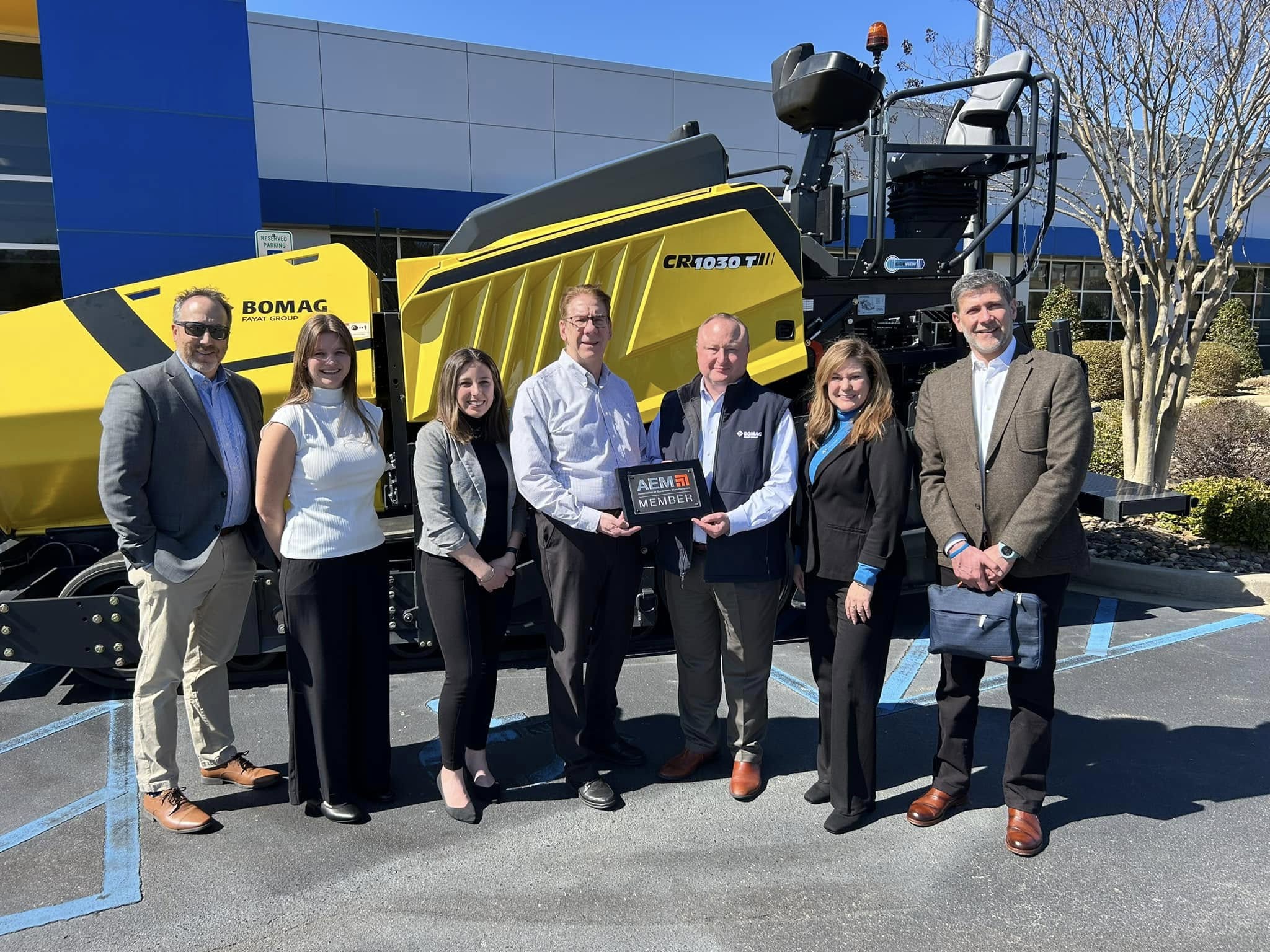“It feels like a perfect storm… A hurricane and a tornado, all rolled up into one.”
Dr. Rachel Sederberg didn’t mince words when describing the seriousness of the labor shortage in the United States today. It’s long been a problem, and now it’s getting (much) worse. When the COVID-19 pandemic took hold in February of 2020, there were 7 million job openings and 5.9 million unemployed people in the U.S. Two years into the pandemic, the statistics paint a dire picture of the workforce landscape as it stands presently.
“If we were to try to get back to where we were the day before COVID hit and turned our world upside down, we’d need 175 thousand more people in the labor force,” explained Dr. Sederberg, who works as a research manager at labor market data company Emsi Burning Glass, and who spoke during AEM’s recently held member education webinar on workforce trends and their impacts on business strategy. “If we want to get to an equivalent point today, and keep up with our population growth, we need another 2.9 million.”
The scarcity of skilled workers is one of the greatest challenges facing the equipment manufacturing industry today, and addressing it is a task not easily accomplished. It’s problem of ever-growing significance, and its effects are being felt industry-wide. Not only are manufacturers struggling to fill job openings today, recruitment efforts have left them wondering exactly why connecting with younger generations entering the workforce and inspiring them to embark on a career in manufacturing is so difficult.
Looking for workforce resources? Visit the AEM Workforce Solutions Toolkit.
The Boomer Effect
A lot of answers can be found in looking at the not-so-distant past. Prior to the pandemic, Baby Boomers were exiting out of the labor force in great numbers for some time. Comprised of folks born between 1946 and 1964, Baby Boomers had come to shape the U.S. workforce – and society as a whole – over the course of several decades prior to the turn of the century.
During the Baby Boomer era, women made their way into the workforce in greater and greater numbers, and massive household wealth gains were achieved (including a massive $42,000 jump per household between 1975 and 1995). However, the impact of Baby Boomers on the labor market began to change (and not for the better) in the early 2000s, when its older members started to reach retirement age. Eventually, as more and more exited the workforce, labor force participation began to drop, and the number of prime-age men in the workforce steadily plummeted. The perfect storm had begun to take shape.
“Partly due to Boomers leaving, even at the time COVID-19 hit, we just didn’t have enough people for every job opening,” said Dr. Sederberg.
Contributing Factors
Now, two years later, job openings in the U.S. have jumped 43% -- from 7 million to 11 million. According to Dr. Sederberg, there are several reasons why:
- Misalignment – Available job opportunities don’t always match up very well with the skills, demographic traits and preferences of those who are looking for work.
- Immigration – With immigration sinking to record lows on the heels of a steady decline for several years, relying on talent from abroad as a source of labor isn’t as viable of a solution as it’s been in the past.
- The CARES Act – Up to $2 trillion was added to consumers' pockets with the Coronavirus Aid, Relief, and Economic Security (CARES) Act, which was passed by Congress and signed into law on March 27, 2020, in the wake of the economic fallout that occurred in the opening weeks of the COVID-19 pandemic. The influx of cash allowed certain people to finance their way out of the labor force.
- Accumulated wealth and retirement – Income soared in the United States for all groups between 2019 and 2021, leading many people to finance their way out of the labor force (permanently or for an extended period of time).
- Opioids and overdoses – The rate of overdose deaths in the United States, particularly among males, continues to rise. Its impact on the available pool of labor talent can’t be overlooked.
- An increase in self-employment – New business applications jumped significantly during the pandemic, as more and more people opted to leave the labor force and go into business for themselves.
Addressing the Labor Shortage
“We can’t employ what we don’t have, and with record-low birth rates, this is a problem that’s not going to go away,” said Dr. Sederberg.
No statistic better illustrates the challenges facing the U.S. labor market than this – By 2034, a mere 12 years from now, older adults will outnumber children for the first time in the nation’s history.
“So, the question is, ‘How do we deal with this?’ It’s not about the unemployed versus the employed,” explained Dr. Sederberg. “It’s about the disengaged folks in our society.”
The solution, she said, lies in employers making a concerted effort to actively seek out and recruit those who are unengaged in the labor force. To do so, Dr. Sederberg advised organizations to take the following steps:
- Be transparent about the job and the benefits.
- Embrace job freedom whenever possible.
- Actively and creatively recruit.
“Focus on small, specific groups of workers,” she said. “That’s the most important thing. After all, it’s a whole lot easier to make some small adjustments (to workforce development strategies and tactics), versus having to make a whole bunch.”
Learn More
For more support, ideas or information, get started by visiting the AEM Workforce Solutions Toolkit, or contact AEM’s Julie Davis at jdavis@aem.org.
For more insights and perspectives from industry experts, subscribe to the AEM Industry Advisor.





